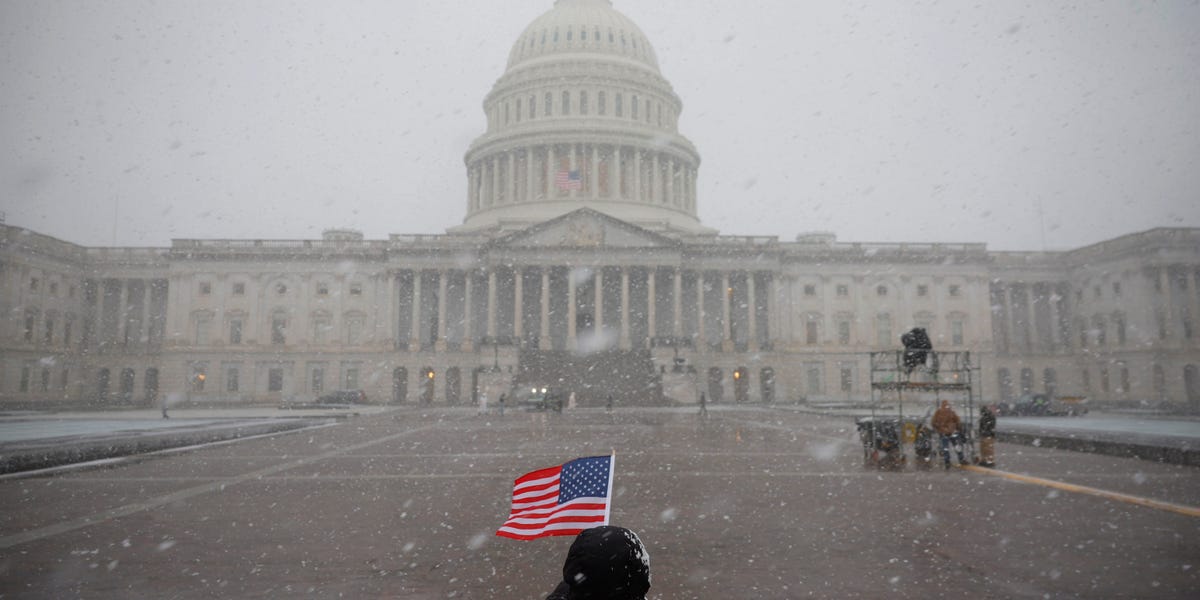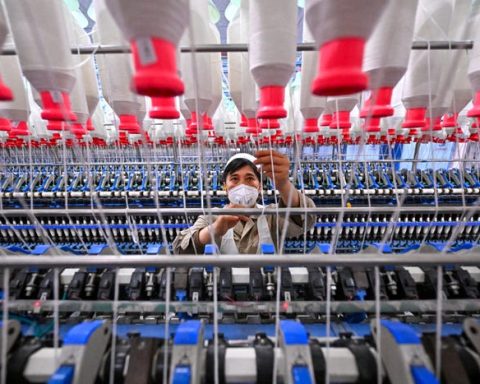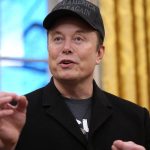President Donald Trump provided updates on the initiation of his expansive tariffs regime, which includes reciprocal levies that will affect imports from various countries globally, leading to further ambiguity regarding his trade policy timelines.
Key Facts
– Trump announced through his Truth Social platform that a proposed 25% tariff on imports from Mexico and Canada will be implemented on Tuesday, March 4.
– Additionally, a 10% tariff on Chinese goods will take effect on the same date, per Trump’s declaration.
– Just a day earlier, Trump indicated that the tariffs on Mexico and Canada wouldn’t start until April 2, although they had already been postponed for a month from earlier executive orders issued on February
– Despite this, Trump’s Thursday message confirmed that the “April Second Reciprocal Tariff date will remain in full force and effect,” suggesting the tariffs would indeed start then, coinciding with the conclusion of a study by his administration on the levies.
Key Background
Trump has linked the tariffs on Canada, China, and Mexico to a campaign to combat the influx of fentanyl into the U.S., reiterating his previous justification for these actions. In the first five weeks of his second term, tariffs have become a central focus of Trump’s agenda. He argues that these tariffs will generate significant federal revenue and help establish fairer trade practices for the U.S. However, many economists believe that such tariffs could exacerbate inflation, as importing companies typically pass the cost of tariffs onto consumers through increased prices. Together, Canada, China, and Mexico represent about 45% of the $3.2 trillion in goods imported into the United States in 2022, according to the U.S. Trade Representative’s office.
What Are Reciprocal Tariffs?
While the blanket tariffs on imports from Canada, China, and Mexico are straightforward, reciprocal tariffs are more complex. In principle, these tariffs require the U.S. to impose duties equivalent to those enforced by trading partners on American goods. However, Trump’s approach also aims to incorporate non-tariff charges, such as value-added taxes, into his tariff framework.












